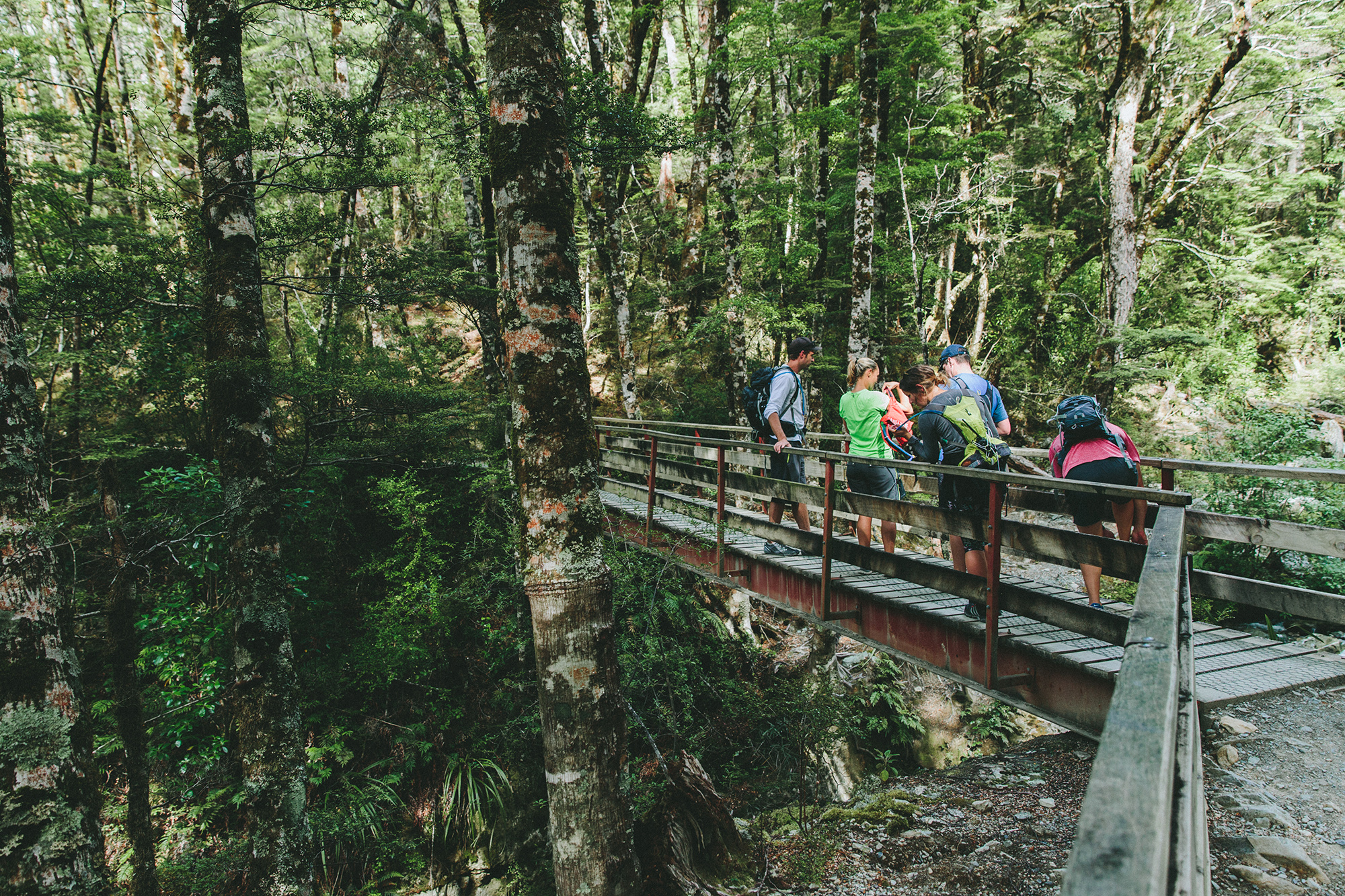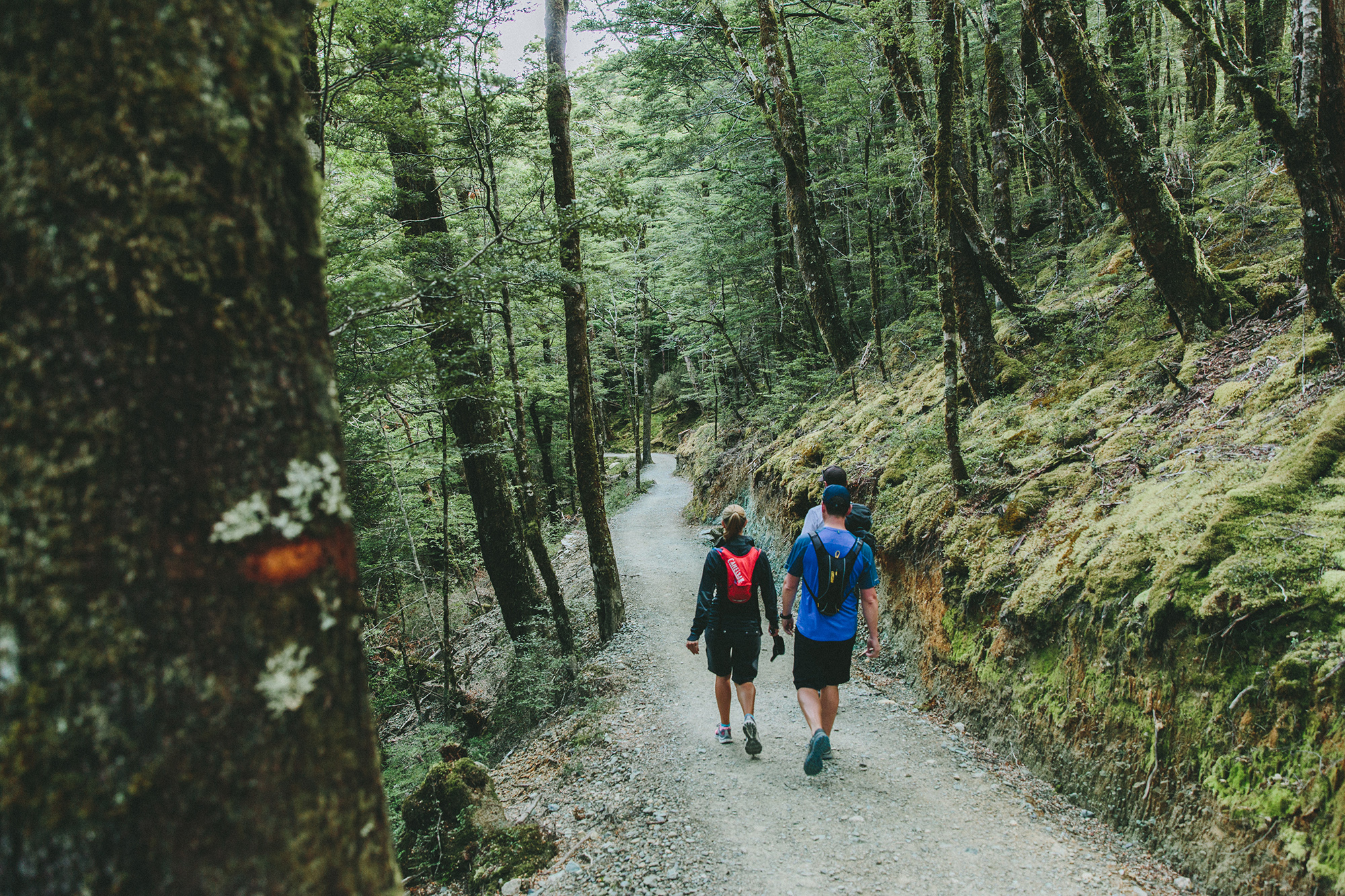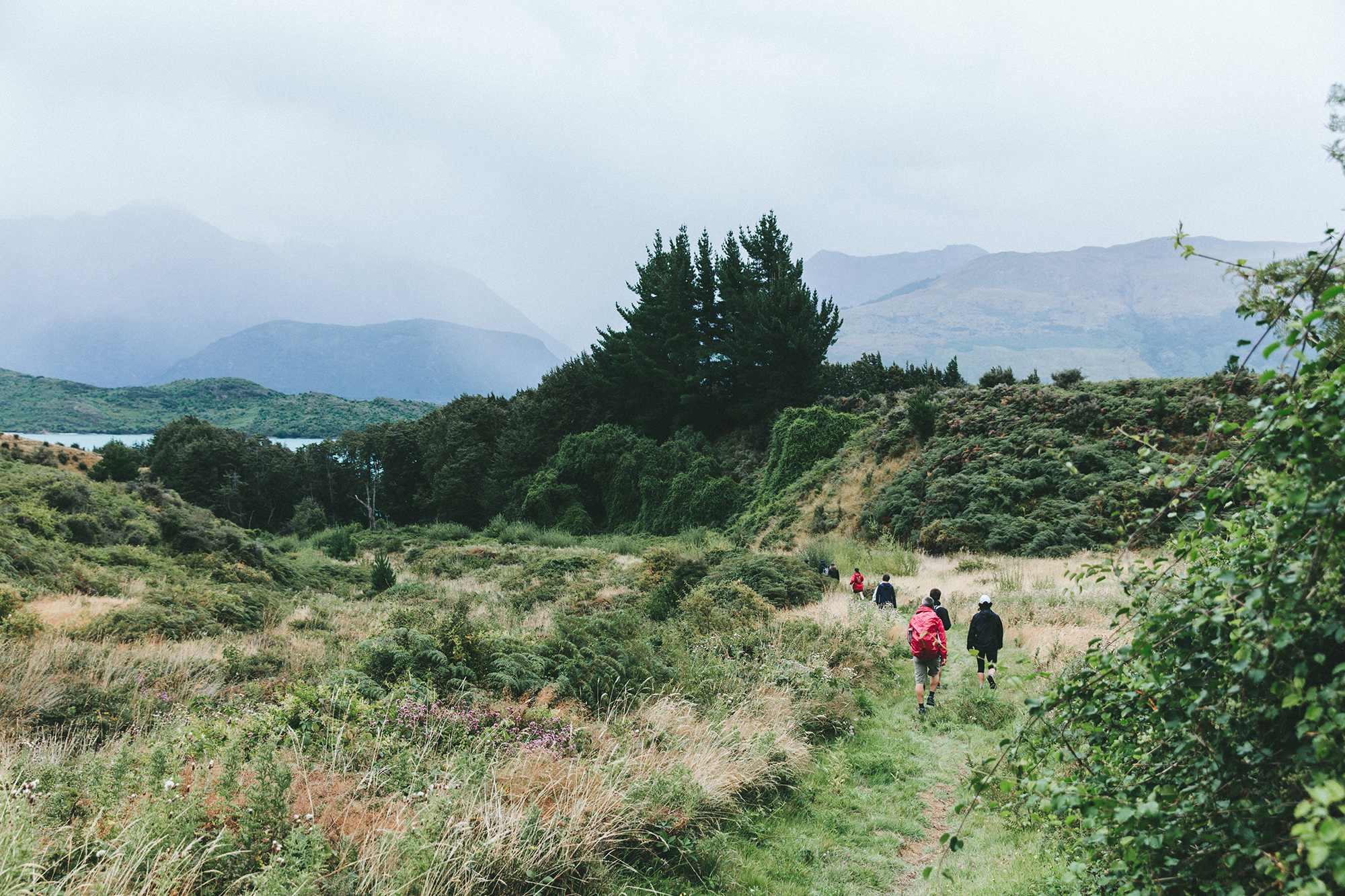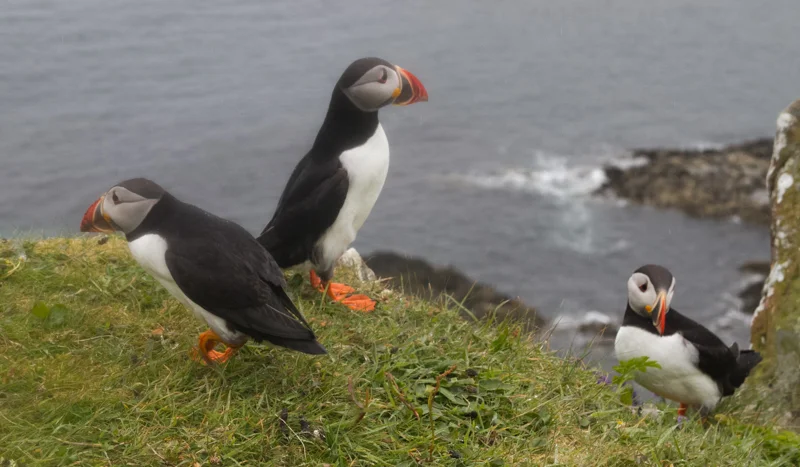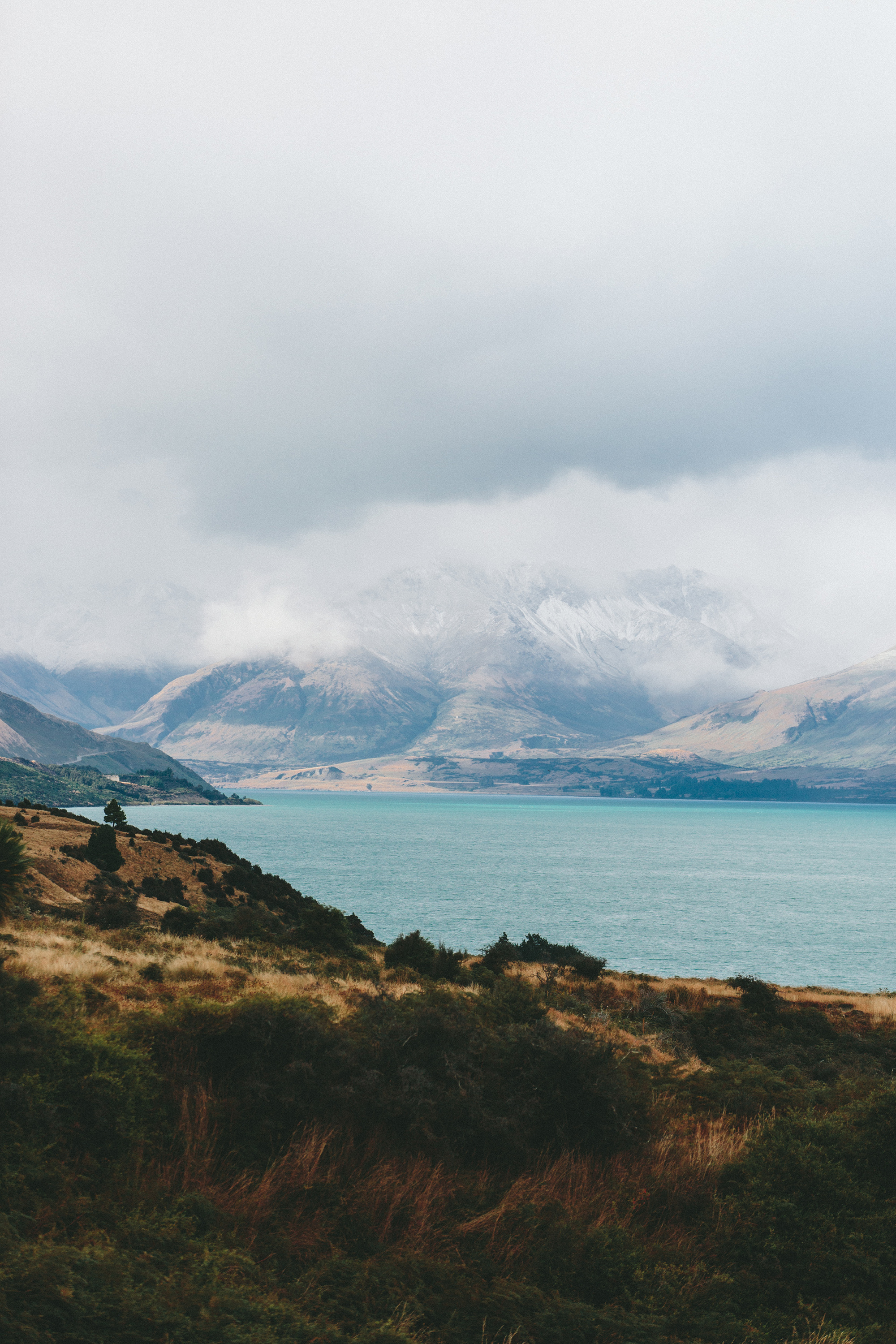Birding Tomales Bay by Kayak
Saturday November 8, 2025
10:00 AM – 4:00 PM
I will be leading this special exploration with Liz Wilhelm, a good friend, wonderful naturalist and co-owner of Point Reyes Adventure Co. Tomales Bay is one of the most productive and dramatically beautiful estuaries in California. In the winter over 20,000 ducks, loons, grebes, and other waterbirds feed in its rich waters. This is an excellent time to see these and other species especially by kayak. Marbled Godwits, Willets, and other shorebirds feed, while Red-Throated Loon, Horned Grebe and scoters can forage near our quiet boats. Rather than just viewing these birds from the shore, on this special trip, we will travel on stable double kayaks to get close views of dozens of cormorants, Osprey and often a Bald Eagle. In addition to the rich birdlife, we may see American River Otter and Bat Rays. This paddle will start in Inverness, explore secluded pocket marshes along the east shore of the bay and then explore the Gicomini wetands. The wetlands is a special 500-acre restored estuary where thousands of shorebirds and waterfowl feed and rest during the fall and winter. It is one of my favorite aquatic habitats. After lunch we will also take a short hike to observe the dynamic southern end of the Bay.
This tour is sponsored by https://pointreyesadventureco.com/calendar
Mono Basin Natural History:
Avian Ecology of the Mono Basin
Summer 2026 TBD
sponsored by the Mono Lake Committee
The Mono Basin is one of the most diverse terrestrial ecosystems on the continent. This field seminar will be an overview of the varied habitats that are found here, from Mono Lake to young volcanic domes, to glacial canyons and subalpine meadows at tree line.
One of the best ways to get an appreciation for Mono Lake’s drama and productivity is to explore its shores and then proceed higher in elevation to other habitats. Not far from wonderful tufa towers we may encounter hundreds of phalaropes. A simple, but important food chain ties them to the trillions of brine shrimp in the lake. This class includes an early morning canoe exploration of the lake. The tufa formations are just one geologic aspect of a wondrous basin that includes both the continent’s oldest lake and its youngest mountain range.
We will enjoy the rich diversity of mammals, butterflies, wildflowers, trees, and other plants as we explore the Mono Basin, and a major focus of this seminar will be the identification and ecology of birds that breed here. In sagebrush meadows, riparian and conifer forests, the class will explore a number of sites intensively, mixing short leisurely walks with periods of observation and natural history discussion. These are breeding sites for many birds, including Green-tailed Towhee, Sage Thrasher and Townsend’s Solitaire; a major focus will be Mono Lake and other wetlands.
Baja: West Coast and Sea of Cortez
Sorry, this tour is not scheduled in 2025-2026. I recommend Oceanic Society Baja tours.
This is one of my favorite tours and I’ve enjoyed leading it for almost thirty years. Simply put, the Pacific coastal zones of the Baja peninsula and Sea of Cortez are feeding and migratory regions for the greatest variety of whales, dolphins and other cetaceans on the planet. Blue, Humpback, Fin, Sperm and Bryde’s Whales are some of the cetaceans we encounter. This cruise includes two days in San Ignacio Lagoon, an extraordinary habitat where Gray Whale mothers approach our skiffs with their young calves, often close enough to touch. Laysan and Black-footed Albatross, Black-vented Shearwater, Red-billed Tropicbird, Craveri’s Murrelet, Blue-footed and Brown Booby are some of the many seabirds seen on this expedition. In total over 120 species of birds are usually seen including Reddish Egret, Xantus’ Hummingbird, Gray Thrasher, Black-throated Sparrow and Pyrrhuloxia. Several snorkeling forays in the amazing Sea of Cortez are part of this expedition. Whale sharks may be encountered which can be extraordinary, but not guaranteed. Although diverse wildlife, wonderful seashore adventures and rocky, desert landscapes are awesome, this special tour additionally offers a unique opportunity to escape to tranquil sites far from the stresses of modern civilization. For more details and to register please follow this link:
Seabirds and Marine Mammals
of the Point Reyes Headlands
Spring, 2026 TBD
The area between Chimney Rock and the Lighthouse is one of the most visually striking in the national seashore. In the early summer its natural history is equally rich. Pigeon Guillemot, Common Murre and Brandt's Cormorant are some of the birds nesting on the sea cliffs while some loons, grebes and Surf Scoters linger in Drakes Bay.
This class will cover the nesting behaviors of these seabirds. In some conditions warblers, flycatchers and other songbirds pause in the cypress trees on the way to their breeding regions. We will focus on the identification and behavior of all these species.
Molting Elephant Seals may be on the beaches while other pinnipeds feed in the rich marine habitat. With any luck there may be a feeding Humpback Whale offshore or a lingering Gray Whale just past the surf. All this and more contribute to a wonderfully rich tapestry of biological diversity. In several short hikes we will explore this area and discover its full splendor.
sponsored by the Point Reyes Field Institute
Estero Trail Natural History Hike
Spring 2026, TBD
The peak wildflower bloom is always an excellent time to take a richly diverse, eight-mile walk along the Estero Trail to Drake’s Head overlooking Limantour Estero. Pausing to view the diversity of wildflowers and other plants along the trail will give us an opportunity to rest along the way. Of course, we will also stop to view the many grebes, scoters, shorebirds, and other water birds that are migrating and feeding in the rich estuaries. Many land birds will already be in the midst of nesting activity and we will identify them by voice and sight. Join us for a full day of natural history exploration in a less visited part of Point Reyes National Seashore. Expect to hike some of the day on uneven trails.
sponsored by the Point Reyes Field Institute

